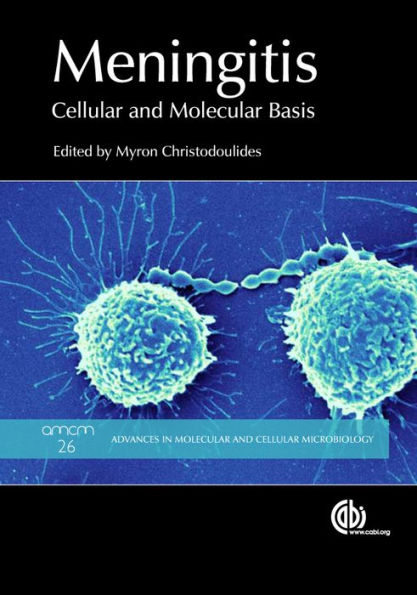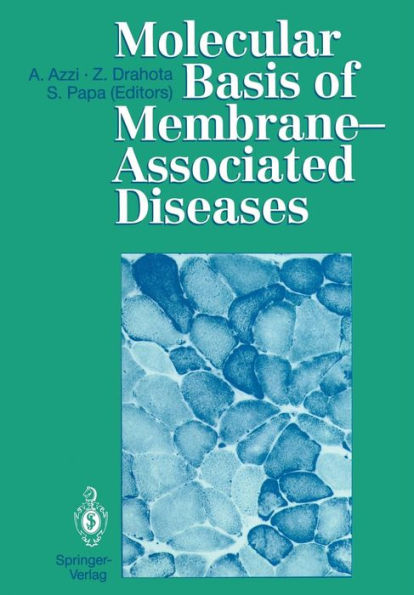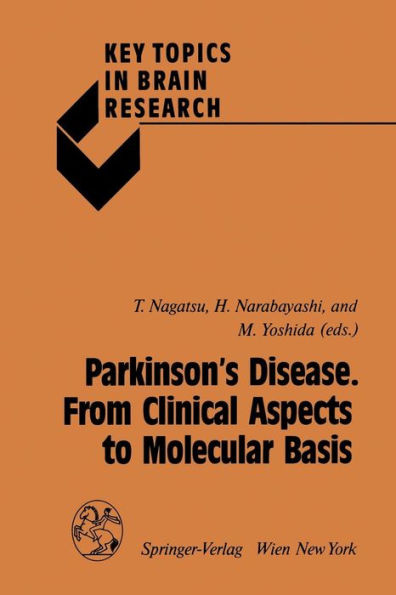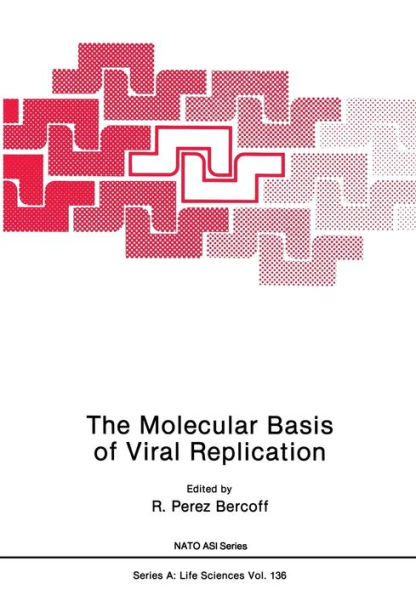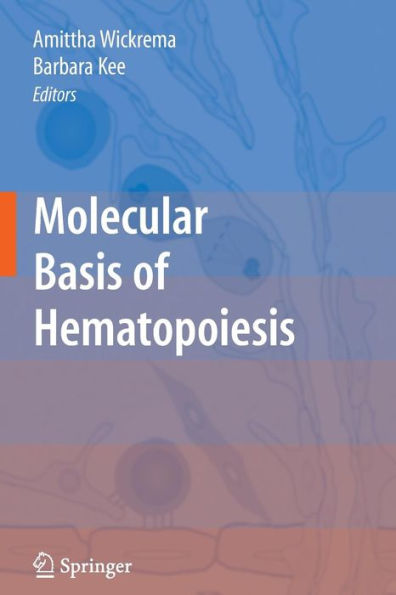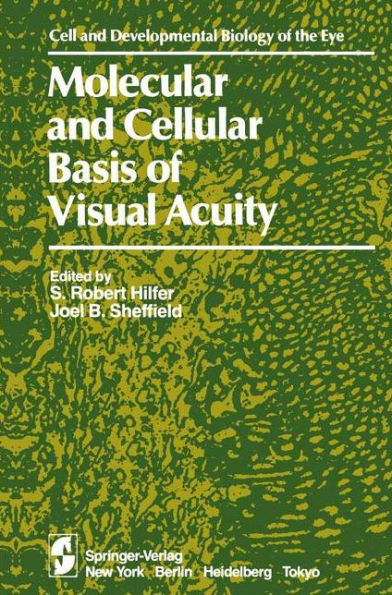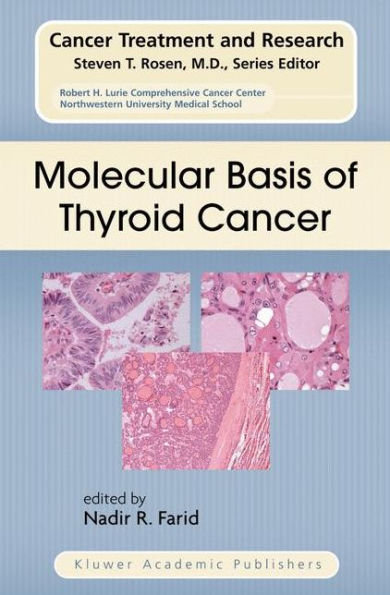Home
Cellular and Molecular Basis of Mitochondrial Inheritance: Mitochondrial Disease and Fitness
Loading Inventory...
Barnes and Noble
Cellular and Molecular Basis of Mitochondrial Inheritance: Mitochondrial Disease and Fitness
Current price: $119.99
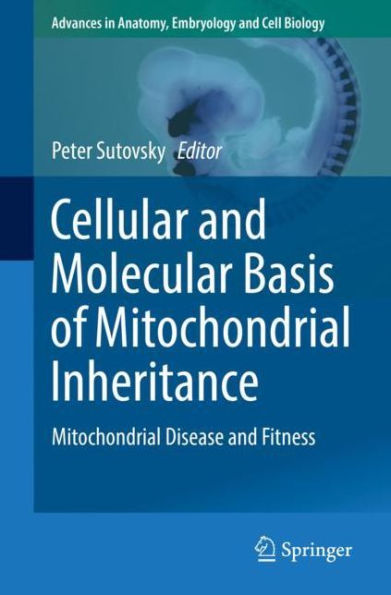

Barnes and Noble
Cellular and Molecular Basis of Mitochondrial Inheritance: Mitochondrial Disease and Fitness
Current price: $119.99
Loading Inventory...
Size: OS
*Product Information may vary - to confirm product availability, pricing, and additional information please contact Barnes and Noble
This new volume of our successful book series
Advances in Anatomy, Embryology and Cell Biology
is focused on mihondrial inheritance in humans and both vertebrate and invertrebate animals including
Drosophila,
C. elegans,
bivalve molusc
Mytilus
and livesk mammals. Special consideration is given to cellular mechanisms promoting uniparental inheritance of mihondria and mihondrial genes, evolutionary perspectives, and biomedical and epidemiological considerations. Contributed by five distinguished mihondrial research teams from around the world, this volume will target a wide audience of physiologists, anatomists, cell, and developmental and evolutionary biologists, as well as physicians, veterinarians, livesk specialists and biomedical researchers.
Advances in Anatomy, Embryology and Cell Biology
is focused on mihondrial inheritance in humans and both vertebrate and invertrebate animals including
Drosophila,
C. elegans,
bivalve molusc
Mytilus
and livesk mammals. Special consideration is given to cellular mechanisms promoting uniparental inheritance of mihondria and mihondrial genes, evolutionary perspectives, and biomedical and epidemiological considerations. Contributed by five distinguished mihondrial research teams from around the world, this volume will target a wide audience of physiologists, anatomists, cell, and developmental and evolutionary biologists, as well as physicians, veterinarians, livesk specialists and biomedical researchers.
